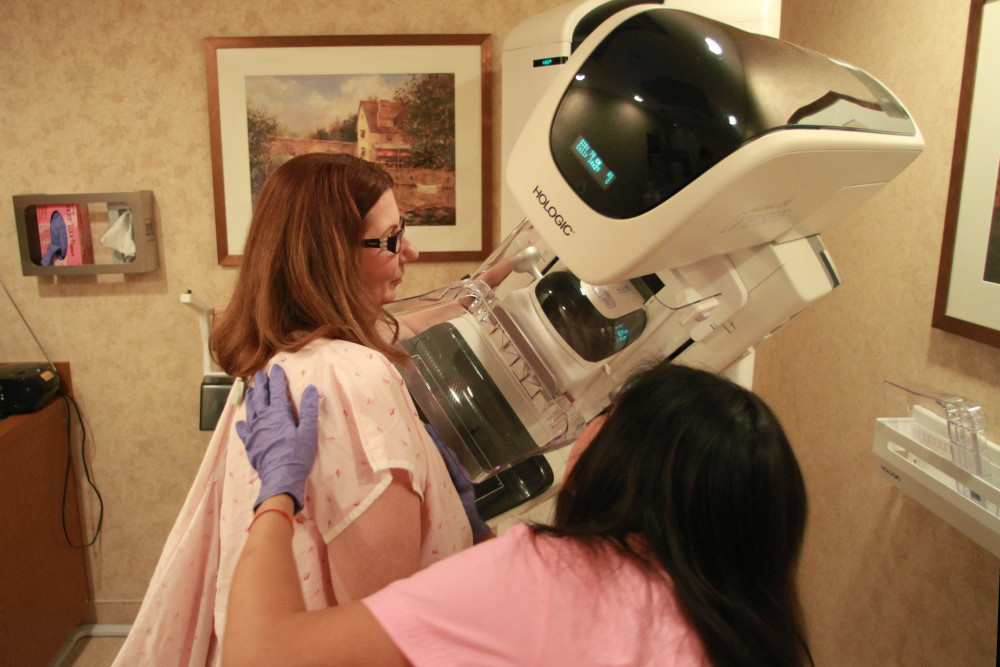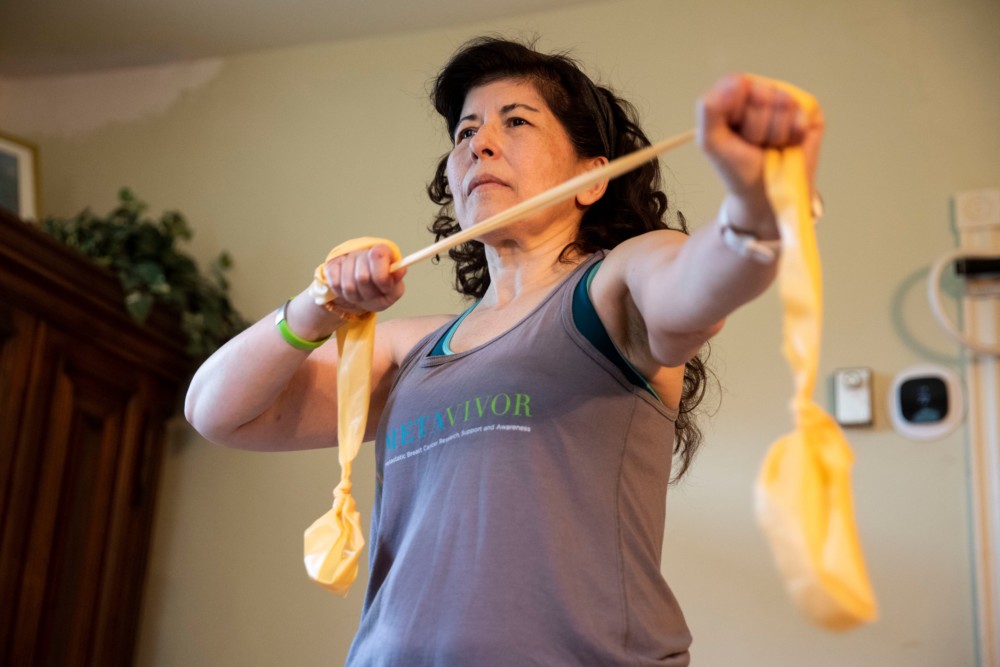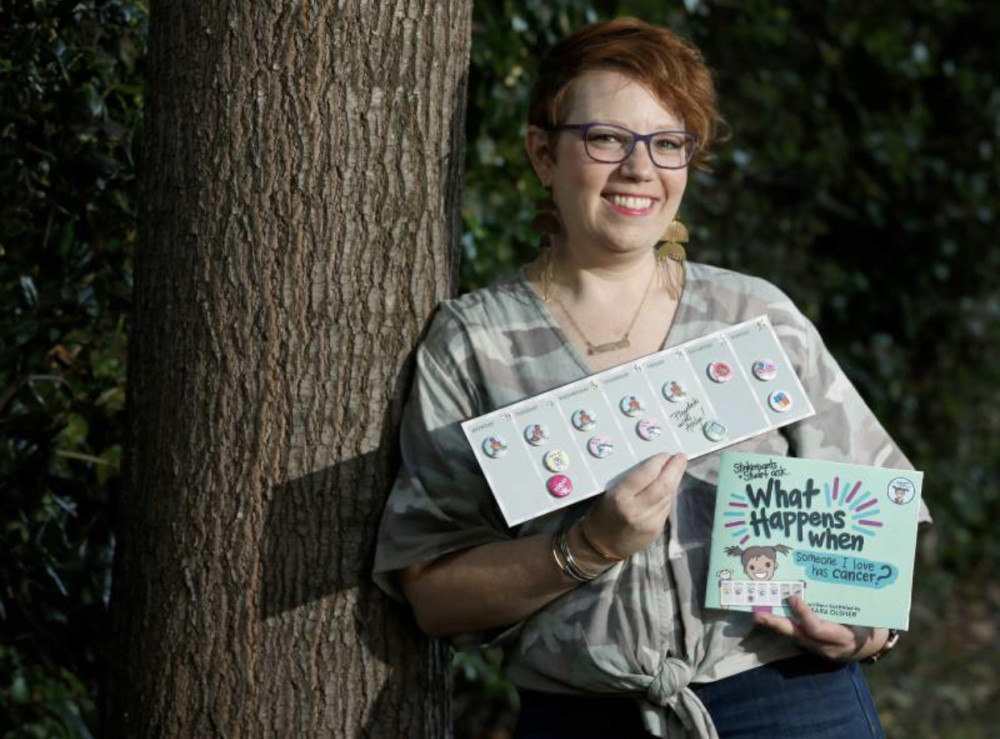By David Breen
Orlando Sentinel
Actress Angelina Jolie made headlines in 2012 when she announced that she’d undergone a double mastectomy after genetic testing revealed she had a heightened risk for breast cancer.
Her highly publicized decision led many women to follow suit in getting tested for mutations in genes known as BRCA1 and BRCA2 that can mean a sharply increased chance of getting breast or ovarian cancer.
Some of those who test positive go so far as to have their ovaries as well as their breasts removed as a preventive measure.
Now surgeons at Florida Hospital Celebration Health have joined others throughout the country by offering what had been separate surgeries — mastectomy and breast reconstruction, and removal of the ovaries — in a single session.
Dr. Olga Ivanov, medical director of the hospital’s Breast Health Center, estimated she’s taken part in about two dozen of the combo procedures in the past two years.
First, the patient’s gynecologist removes the ovaries laparoscopically, then Ivanov performs the mastectomy.
Finally, a plastic surgeon does phase one of reconstruction.
The second and final phase of reconstruction requires a subsequent visit, Ivanov said.
Among Ivanov’s patients is Rachel Eversole, 37, of St. Cloud. She decided to get genetic testing because her mother had had ovarian cancer, and the results were not encouraging.
“I had an 87 percent chance of getting breast cancer in my lifetime,” the mother of two said she learned in the summer of 2012, a few months after Jolie’s revelation.
She decided on surgery, which she underwent in April of 2013.
“The hysterectomy part was an absolute breeze, but the mastectomy, there was some recovery with that,” Eversole said, estimating that it took about four to six weeks to feel that she was back to normal.
While there’s a wide range in recovery time, that’s about average, Ivanov said.
“The biggest is the psychological benefit” of knowing that she’d taken care of the problem in one step, Eversole said.
“I would definitely do it the same way again,” she added. “It was easier not just for me but for my family.”
Ivanov notes that the combination surgery is the most aggressive option available, and that it’s not for every woman with a positive BRCA test.
And that’s a small pool to start with — only 1 in 500 to 1 in 800 women carries the BRCA mutation.
“When a woman comes in with this result, we tailor it to where she is in her lifetime,” Ivanov said. “For a 20-year-old who wants to have children, who wants to breast-feed, as opposed to a 30-year-old who’s already had children, I don’t want to take her ovaries.”
Less-aggressive approaches include increased monitoring and preventive medication such as tamoxifen. The latter course of action, Ivanov said, can cut a woman’s cancer risk by 50 percent over her lifetime.
That said, “surgery’s definitely becoming in vogue now because of Angelina,” Ivanov said.
Studies have concluded the preventive surgeries are extremely effective at cutting cancer danger — by as much as 97 percent. But that doesn’t mean they are without risk.
Bleeding and infection are possible, as with any major surgery, and the procedures are irreversible.
In addition, mastectomy can affect patients psychologically, causing body-image issues, and removing the ovaries induces menopause.
Dr. Sarah McLaughlin, a surgeon at the Mayo Clinic in Jacksonville, sees a growing trend toward combining the procedures, estimating that she takes part in six to 10 of them a year.
It’s a preferable option for many patients, she said, provided they are strong enough to deal with a surgery session that can last five to six hours.
“Our patients are usually in their 40s and 50s; they’re otherwise pretty healthy and they can tolerate a longer surgery,” McLaughlin said,
“If we can do that all at once, that’s best for the patient,” she said. “It’s one and done.”

















































































































































































































































































































































































